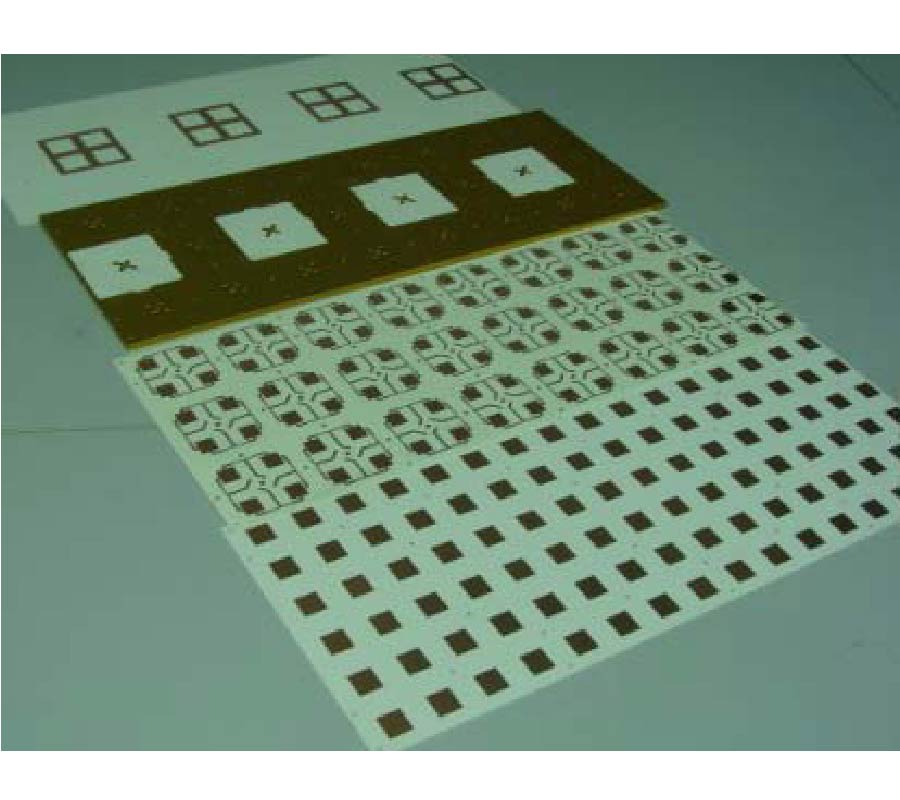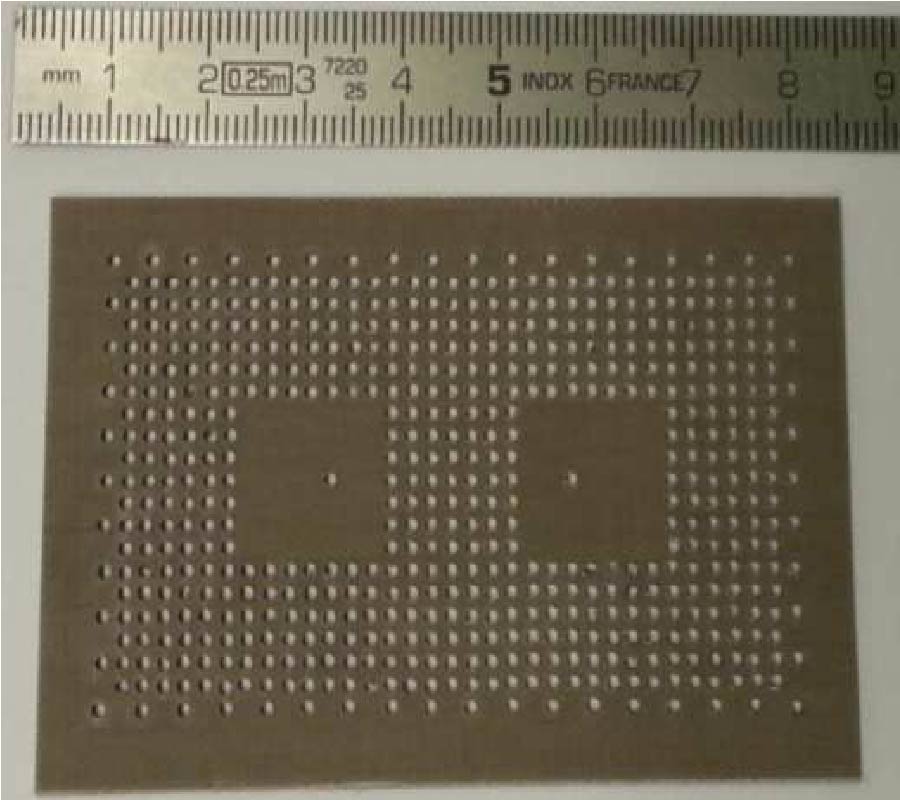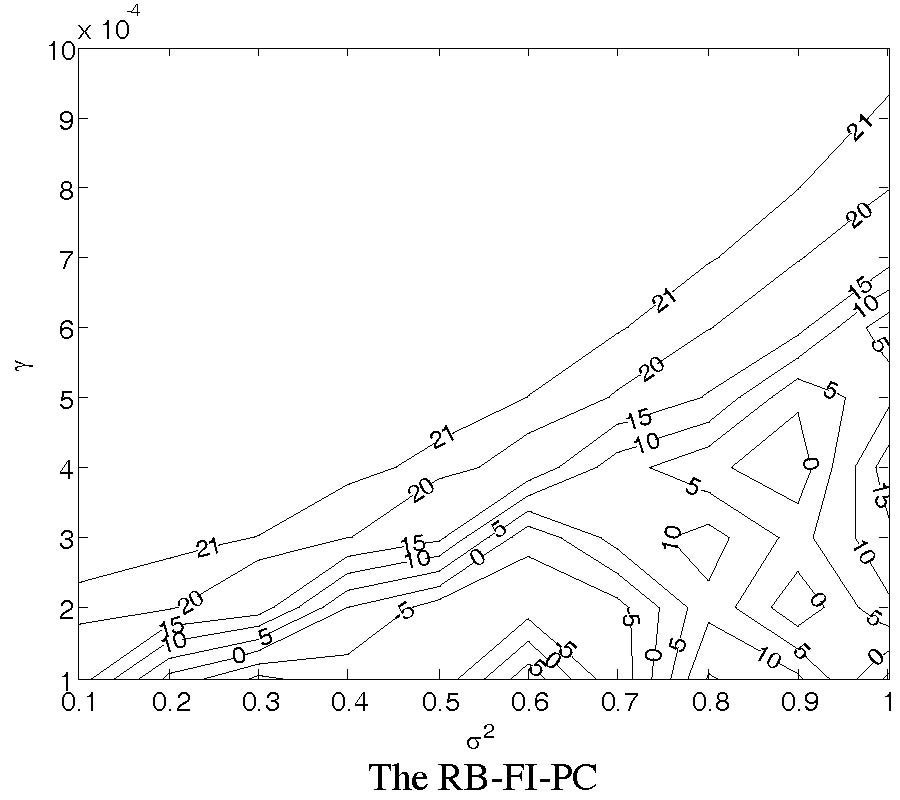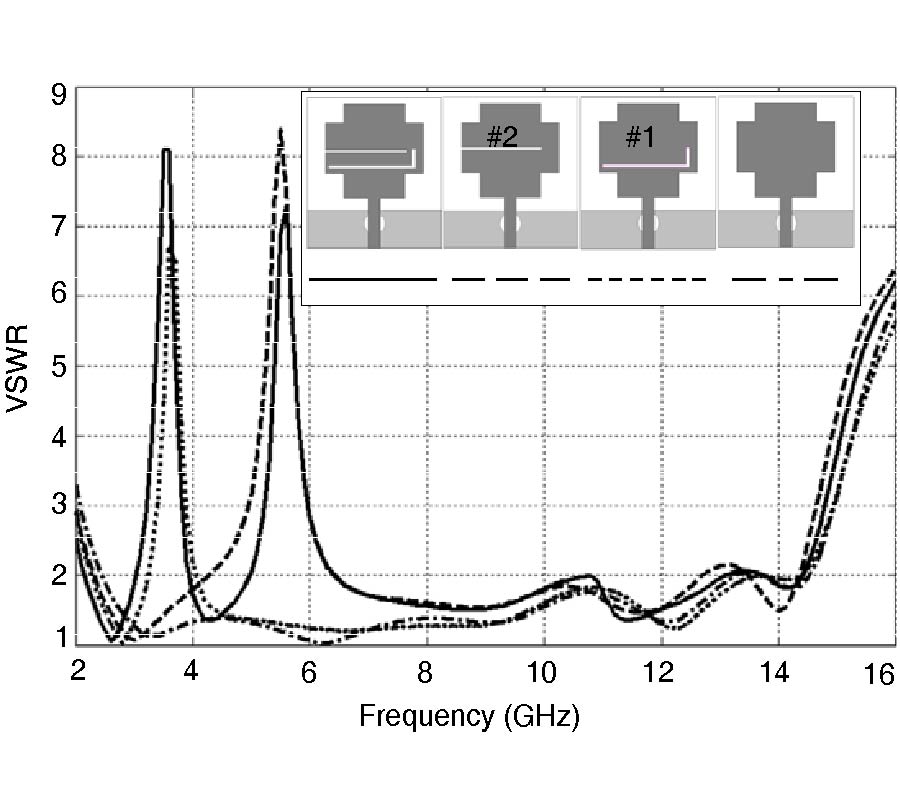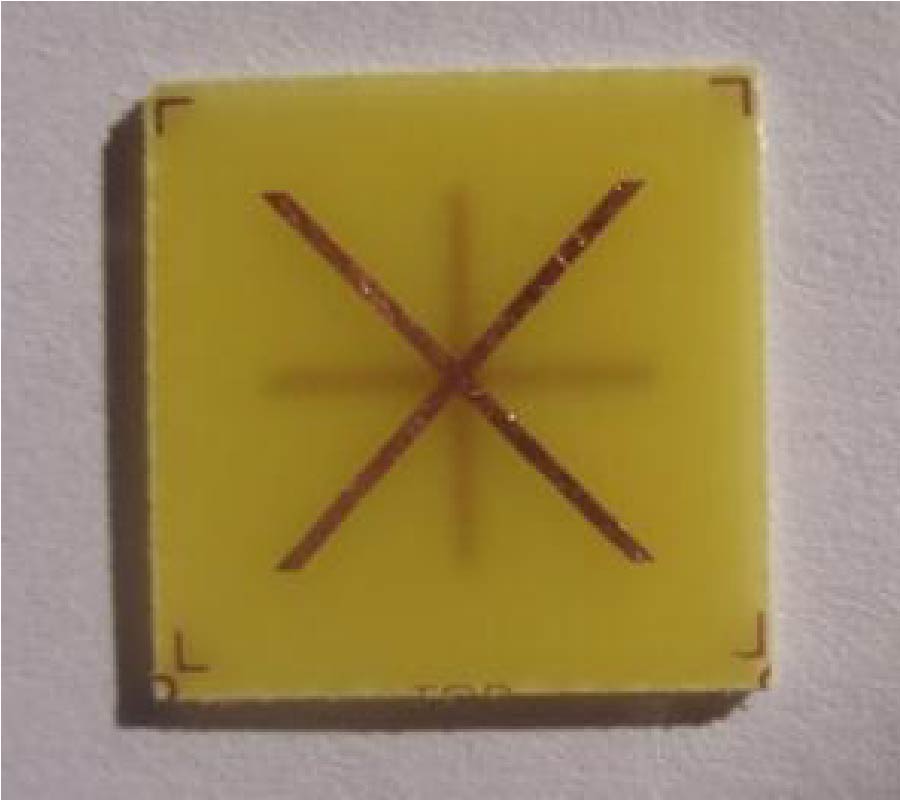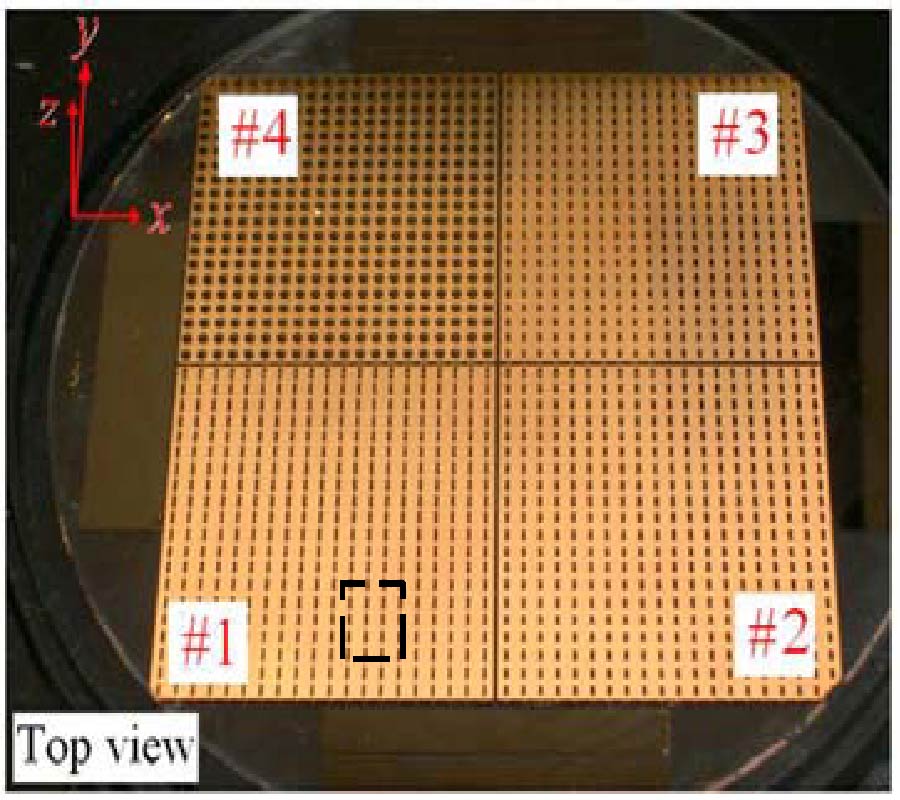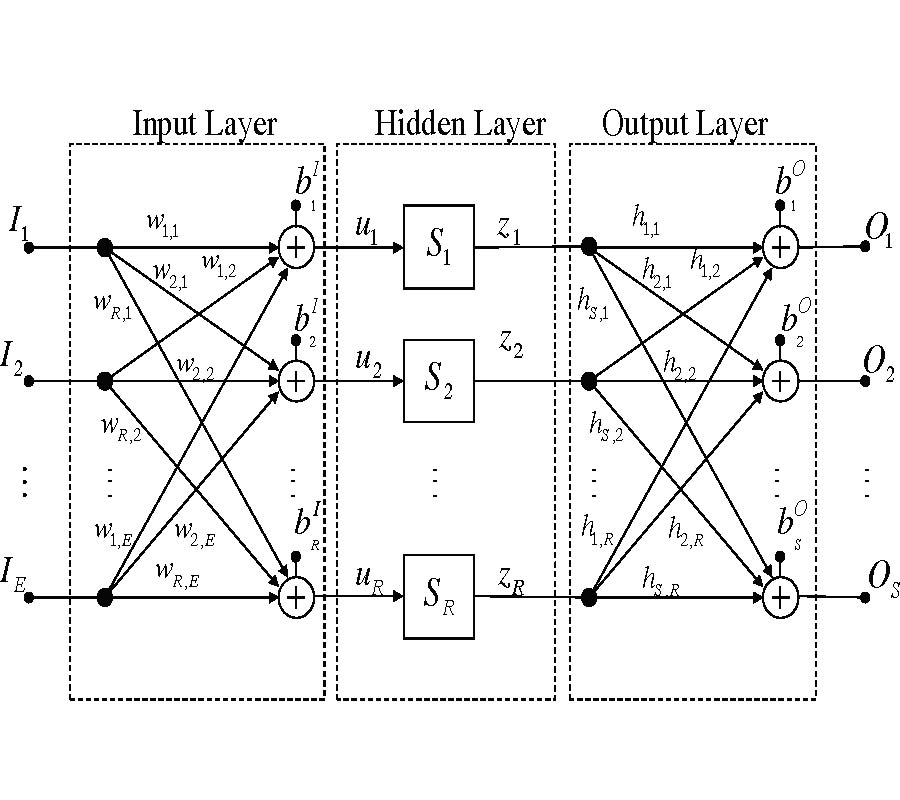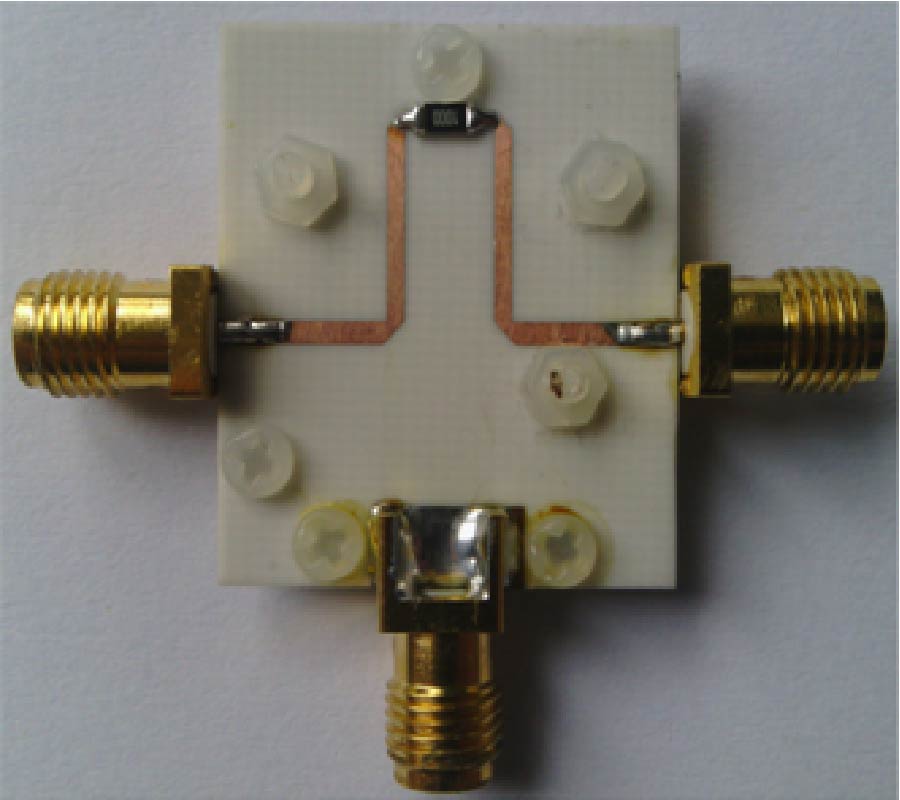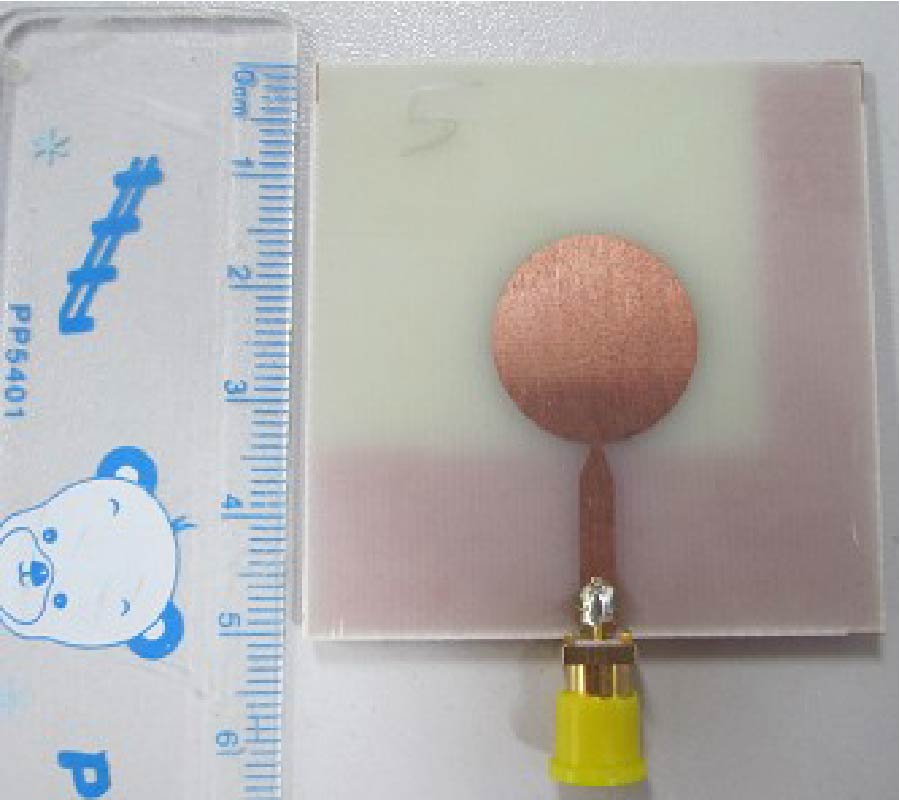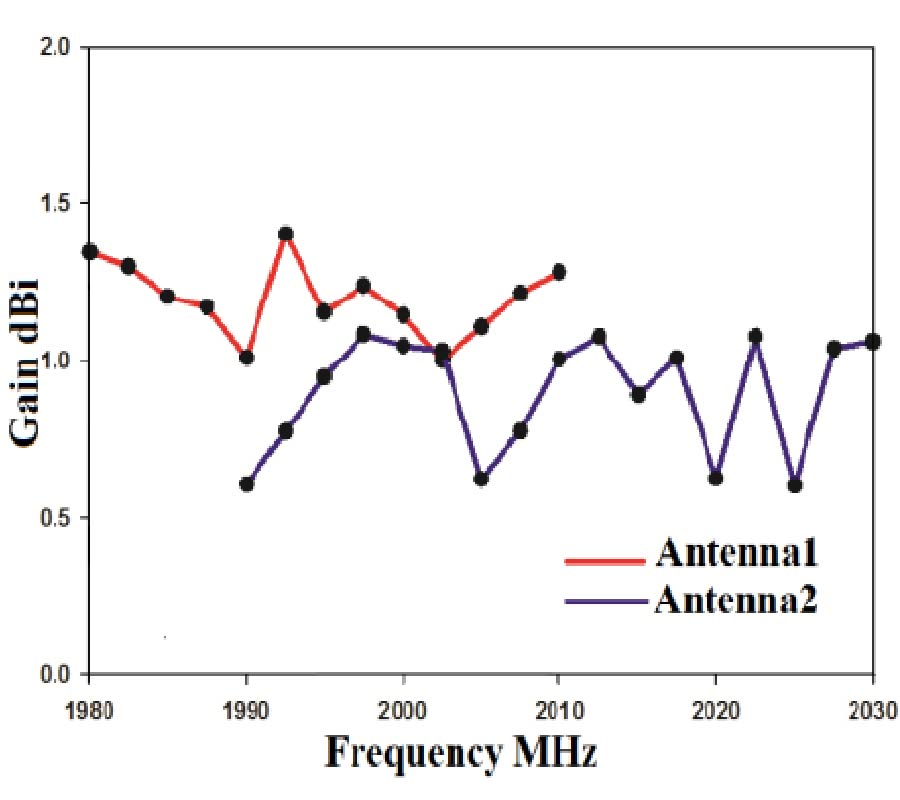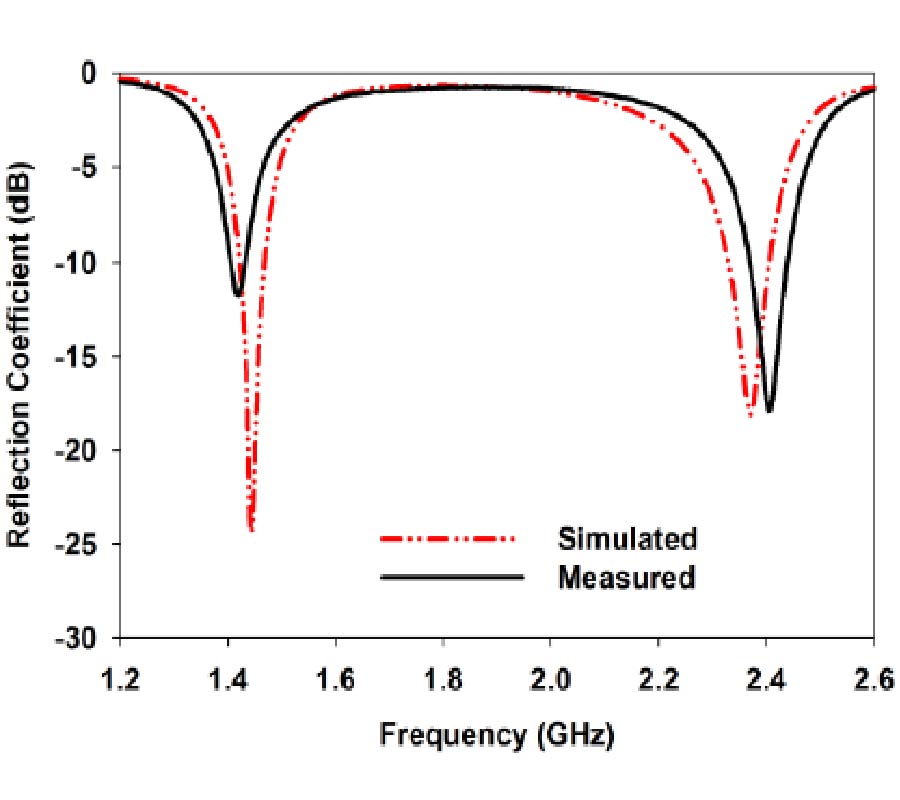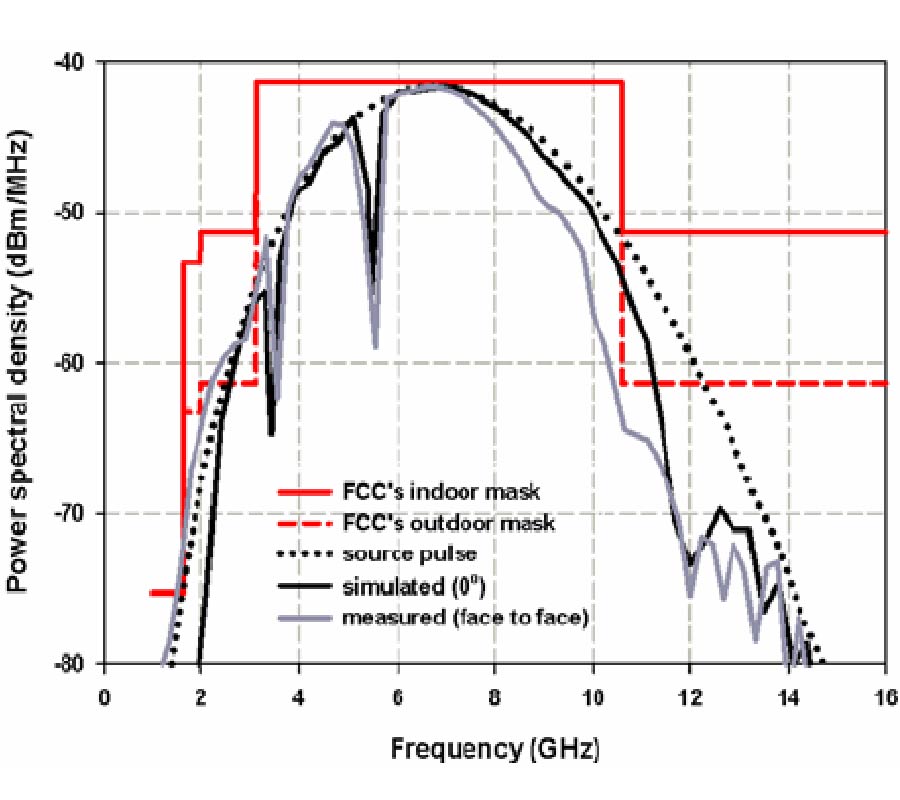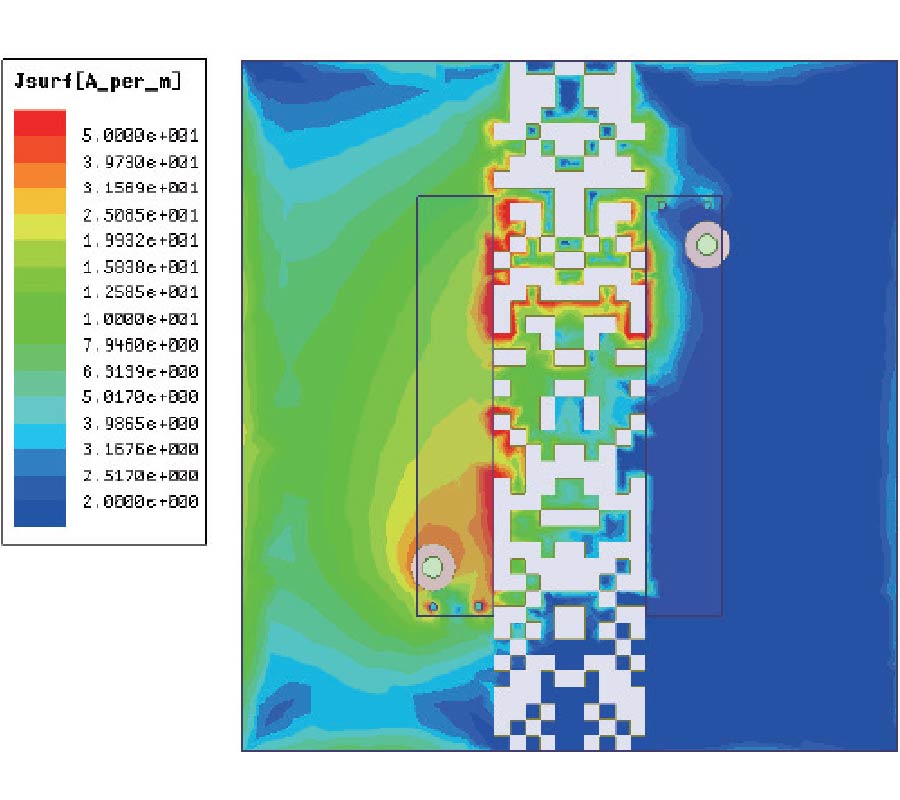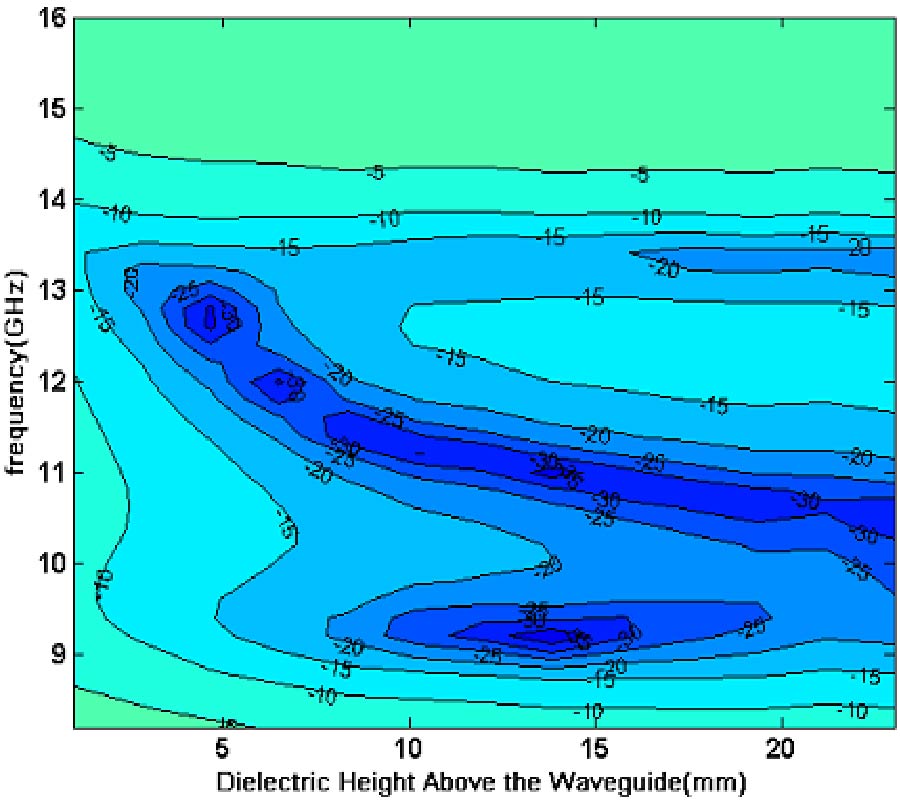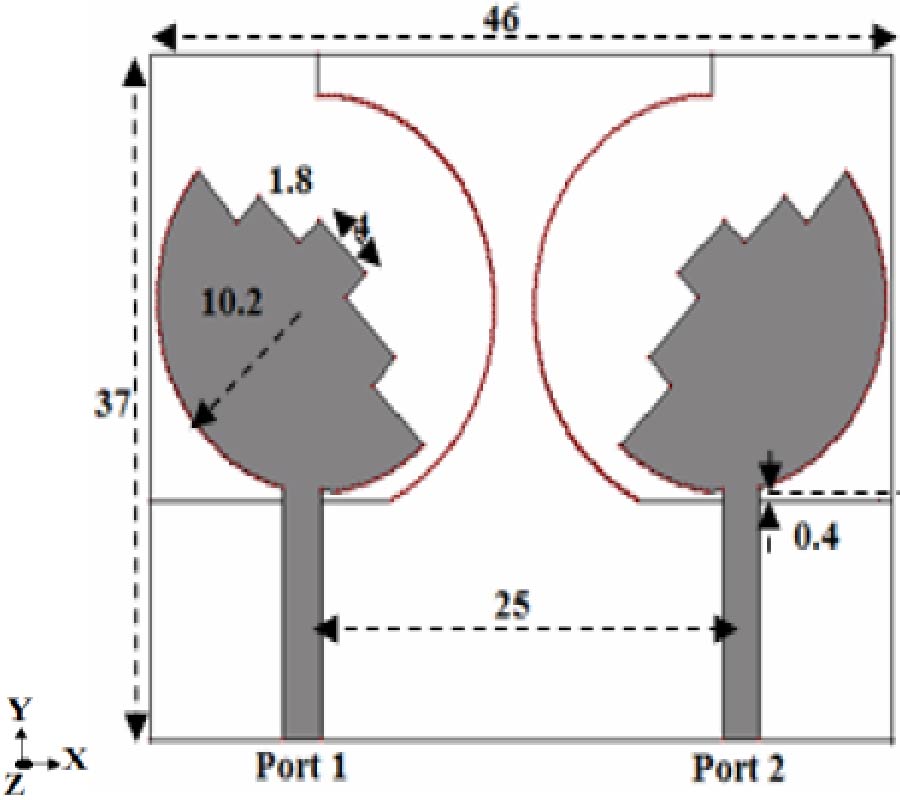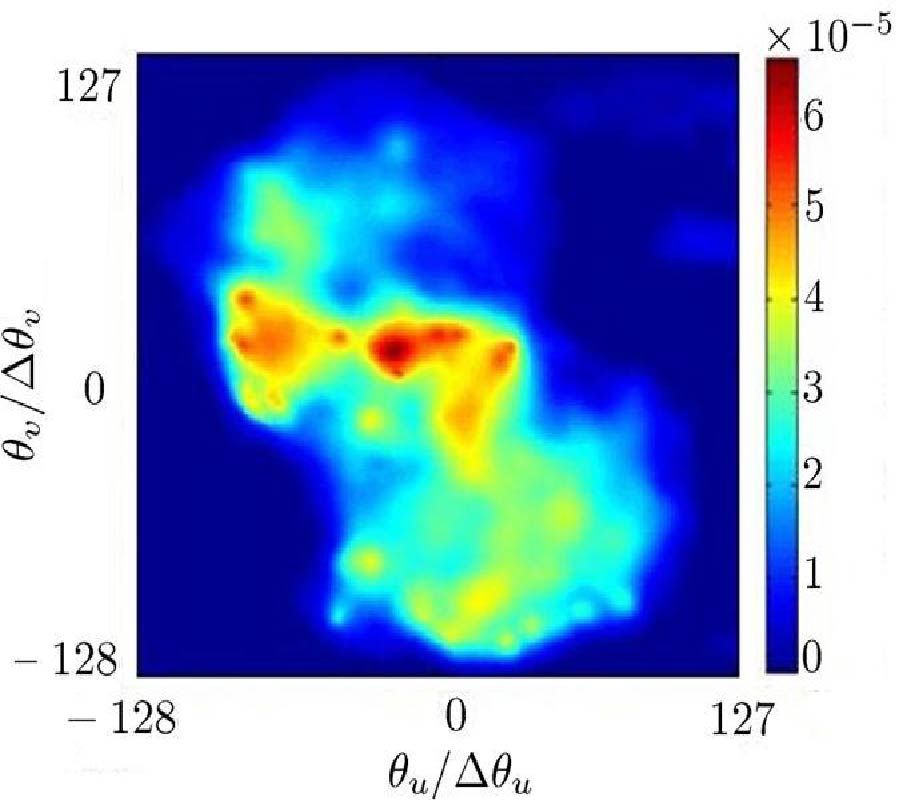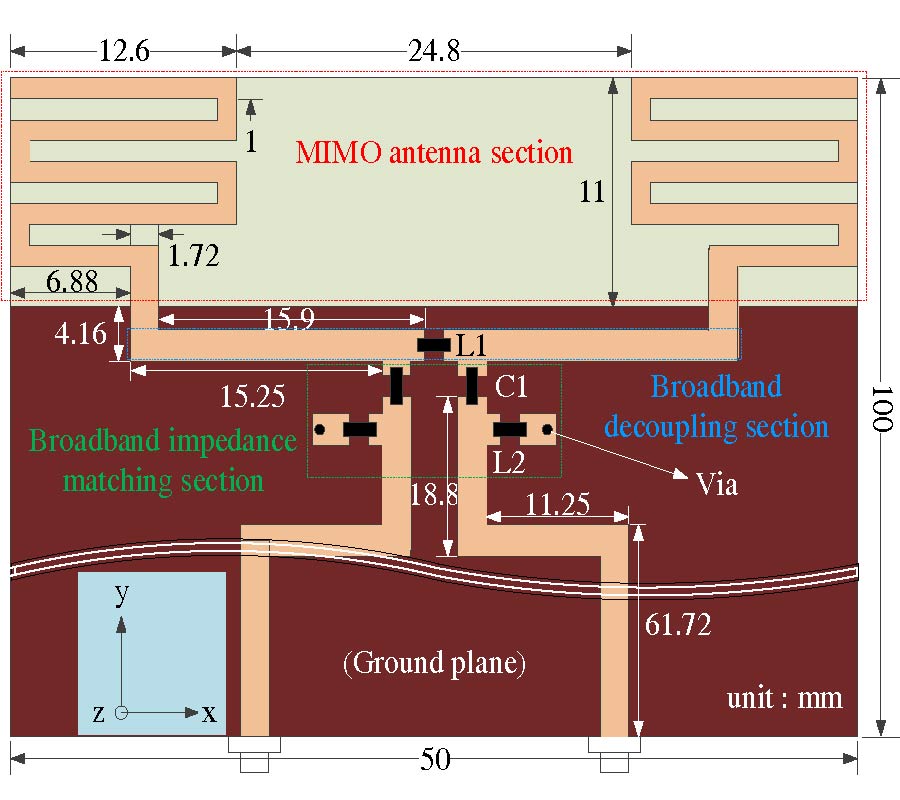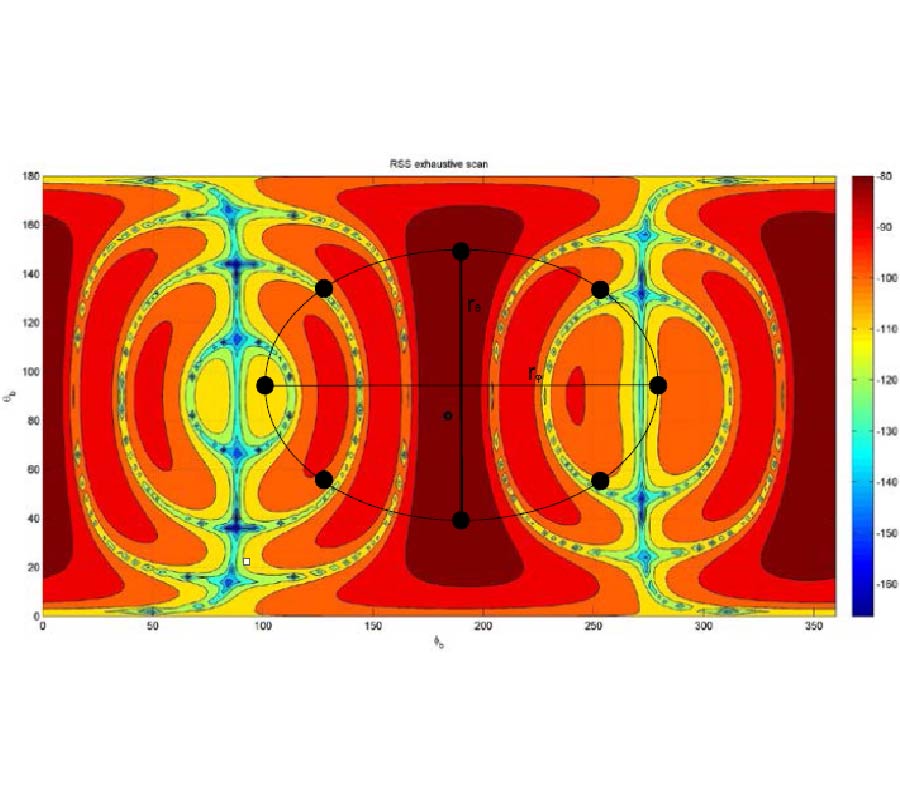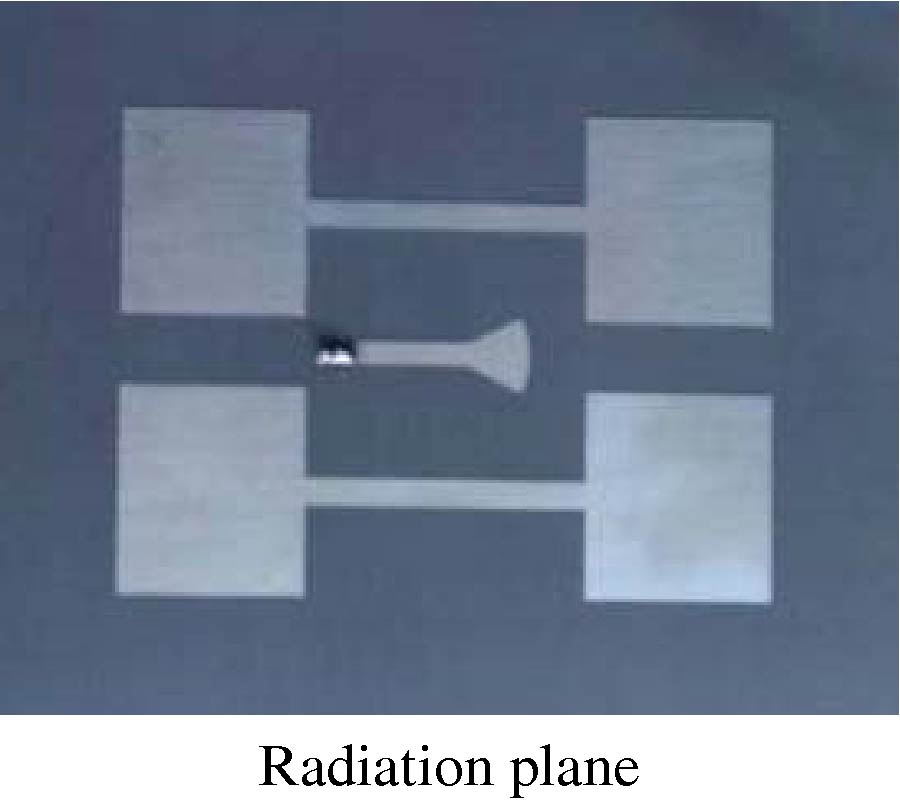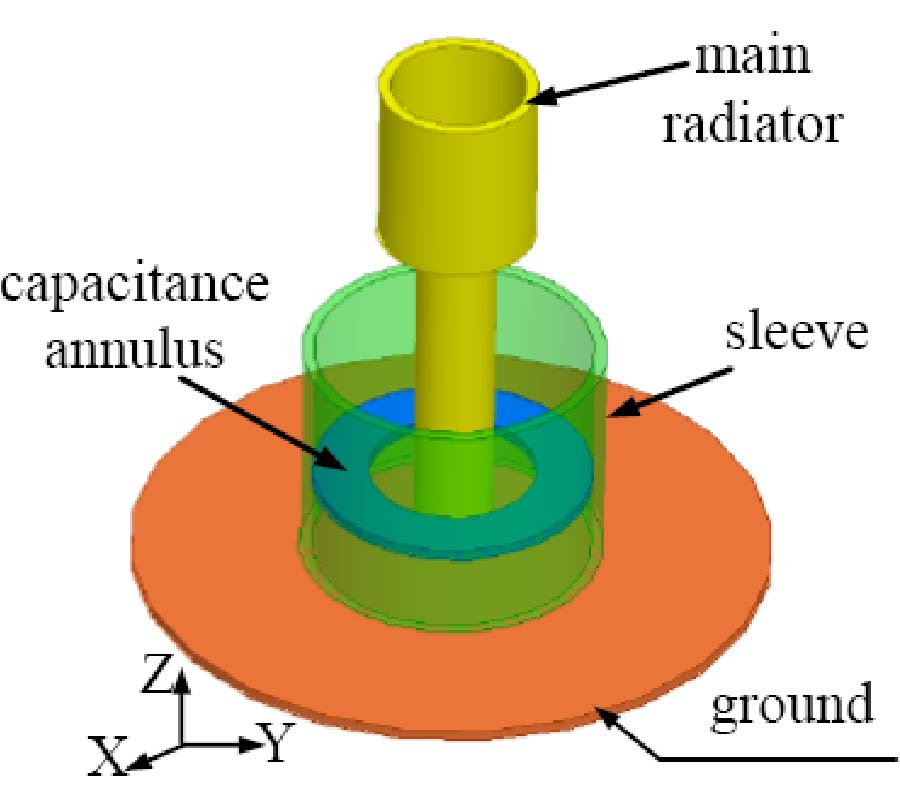MIMO Antenna for Bluetooth, Wi-Fi, Wi-MAX and UWB Applications
Shilpa U. Kharche,
Gopi Shrikanth Reddy,
Biswajeet Mukherjee,
Rajiv Kumar Gupta and
Jayanta Mukherjee
A Multiple Input Multiple Output (MIMO) antenna consisting of two 90° angularly separated semicircular monopoles with steps for Bluetooth, Wi-Fi, Wi-MAX and UWB applications is proposed. Initially, an array of two coplanar circular monopoles with element separation of 25 mm is investigated. In this configuration, mutual coupling is < -5 dB and < -10 dB over 2 GHz-3 GHz and 3 GHz-10.6 GHz, respectively. Mutual coupling is reduced by using 90° angularly separated semicircular monopoles. With semicircular configuration, though the mutual coupling is improved, impedance bandwidth is reduced due to reduction in electrical length. A step like structure is introduced in the semicircular monopoles, and ground plane is modified and extended between the two elements to improve the impedance bandwidth and mutual coupling. Impedance bandwidth from 2.0 GHz-10.6 GHz with S21 < -20 dB and -14 dB is achieved over 3.1 GHz-10.6 GHz and 2.0-3.1 GHz, respectively. The antenna is fabricated using 46 mm × 37 mm RT Duroid substrate. Measurement results agree with the simulation os. Radiation patterns are stable, and correlation coefficient is < 0.02 over 2.0-10.6 GHz.
